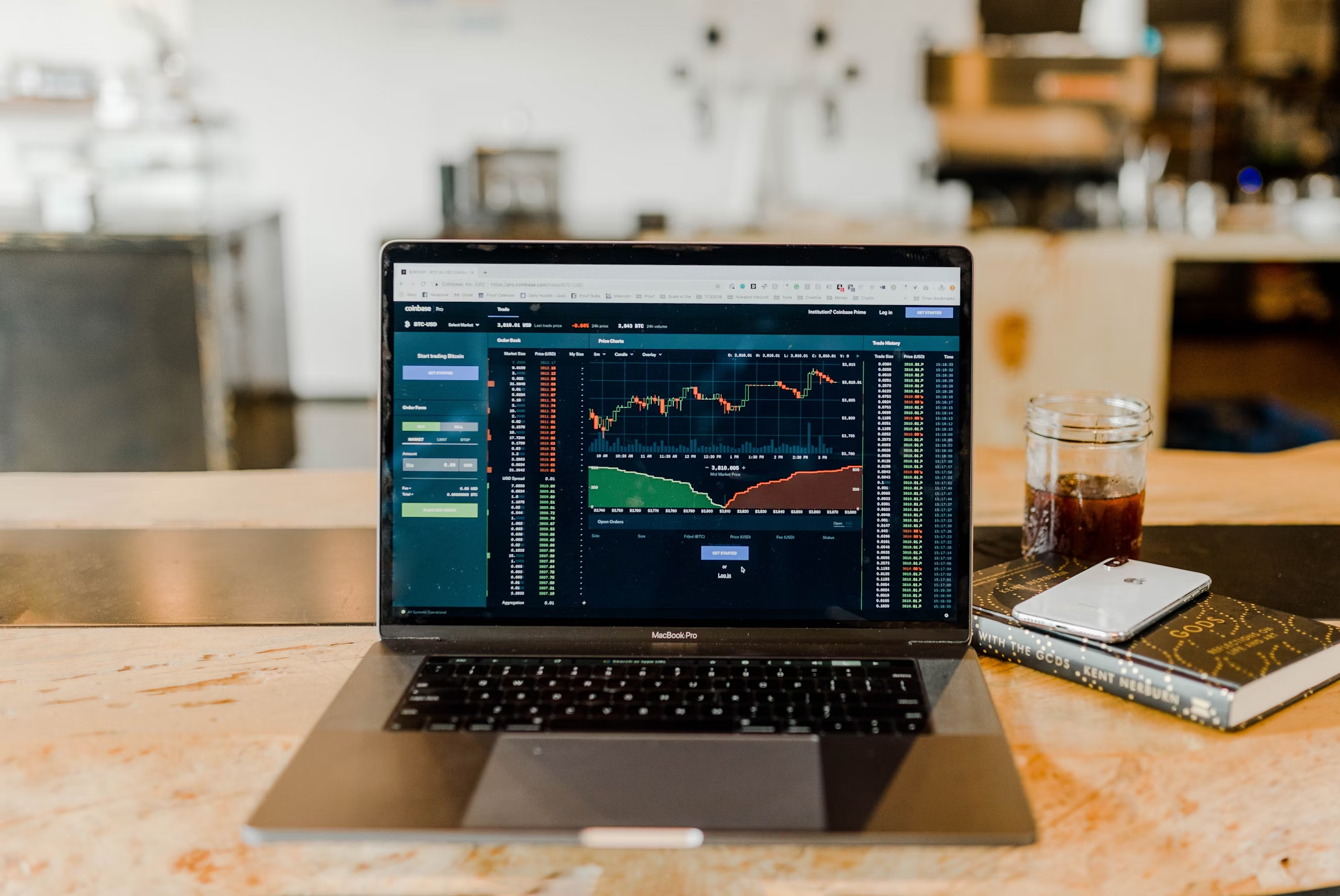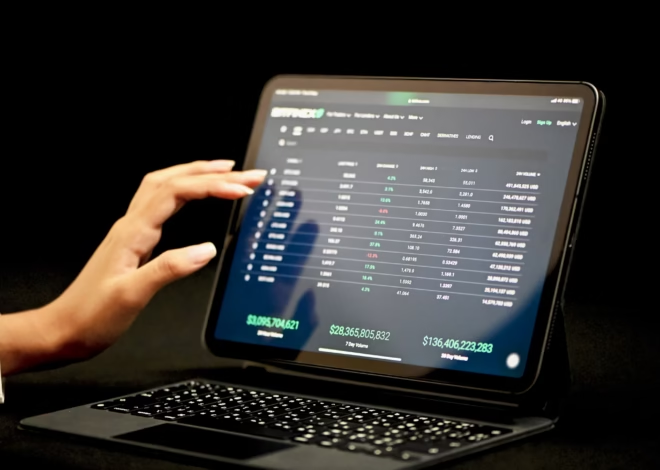
Carry Trade Chronicles: Lessons from the Hong Kong Dollar Peg Crisis
The carry trade, a strategy where traders borrow in a low-interest-rate currency and invest in a high-interest-rate currency, often seems like free money – until it isn’t. The history of financial markets is littered with cautionary tales, and among them, the episodes surrounding the Hong Kong Dollar (HKD) peg offer invaluable lessons for anyone eyeing a carry trade opportunity. While not a “crisis” in the traditional sense of a full-blown collapse, the persistent pressure and the actions taken to defend the HKD peg in various periods (notably during the Asian Financial Crisis of 1997-98 and subsequent market turbulence) highlight the unique risks inherent in this seemingly low-risk strategy.
The Anatomy of the HKD Peg and the Carry Trade Allure
Since 1983, the Hong Kong dollar has been pegged to the U.S. dollar within a narrow band, currently $7.75 to $7.85 HKD per $1 USD. This peg is maintained by the Hong Kong Monetary Authority (HKMA), primarily through intervention in the foreign exchange market.
The carry trade’s appeal here is obvious: when U.S. interest rates were significantly lower than Hong Kong’s (or vice-versa, depending on the market cycle), traders could borrow cheaply in one currency, convert it, and invest in the higher-yielding HKD assets. The “guarantee” of the peg meant minimal exchange rate risk, seemingly creating a perfect arbitrage opportunity.
Lessons from the Brink: The Asian Financial Crisis and Beyond
While the HKD peg never broke, the periods of intense speculative attacks, particularly during the Asian Financial Crisis, provide crucial insights into the dangers of the carry trade, even with a strong peg:
- The Illusion of No Exchange Rate Risk: The peg creates a perceived absence of exchange rate risk, but it doesn’t eliminate it entirely. Speculators in 1997-98 bet that the HKMA would eventually be forced to abandon the peg. While they failed, the sheer pressure on the HKMA and the dramatic surge in short-term interest rates demonstrate that even a rock-solid peg can wobble under immense strain. Carry traders caught on the wrong side during such volatility can face significant paper losses.
- Interest Rate Volatility is the Real Killer: To defend the peg, central banks often resort to drastic measures, primarily hiking interest rates. During the Asian Financial Crisis, Hong Kong overnight interbank rates soared to over 200% at times. For carry traders who had borrowed HKD, this meant their funding costs exploded overnight, turning a profitable carry into a crushing loss. The “yield” aspect of the carry trade is entirely dependent on stable, predictable interest rate differentials.
- Liquidity Can Disappear: In times of extreme market stress, liquidity can evaporate. It becomes difficult to unwind positions without incurring massive slippage. A carry trade might look profitable on paper, but if you can’t exit without incurring huge transaction costs, that profit is illusory. The HKMA’s interventions sometimes led to incredibly tight liquidity in the interbank market.
- Central Bank Resolve is Key (and Hard to Predict): The HKMA’s unwavering commitment to the peg, backed by substantial foreign reserves, was critical to its survival. However, in other pegged currencies or less robust economies, the central bank might buckle under pressure. Gauging this resolve and reserve strength is vital for any carry trade involving a pegged currency.
- Beware the “Crowded Trade” Phenomenon: When a carry trade becomes widely known and adopted, it becomes a “crowded trade.” If conditions change, or a sniff of trouble emerges, the stampede to exit can create a vicious cycle of selling pressure and soaring funding costs. Everyone heading for the same exit simultaneously is a recipe for disaster.
Chronicles for Today’s Traders
The Hong Kong Dollar peg, even in its stability, offers a profound lesson for today’s carry traders:
- Understand the “Why” Behind the Peg: How is it maintained? What are the mechanisms?
- Monitor Interest Rate Differentials Relentlessly: Focus on short-term rates, as these are the ones most susceptible to central bank intervention.
- Assess Central Bank Capacity and Resolve: Does the central bank have the reserves and the political will to defend the peg at all costs?
- Never Underestimate Tail Risks: Even with a peg, extreme, low-probability events (like a global financial crisis or a massive speculative attack) can trigger unexpected interest rate spikes or liquidity freezes.
- Risk Management is Non-Negotiable: Always use stop-losses and manage your position sizing meticulously. The apparent safety of a pegged currency carry trade can breed complacency, which is the greatest danger of all.
The HKD peg’s resilience is a testament to strong monetary policy, but the skirmishes around it serve as a powerful reminder that even in seemingly low-risk carry trades, the “free lunch” can come with an exceptionally high, and sudden, bill.



